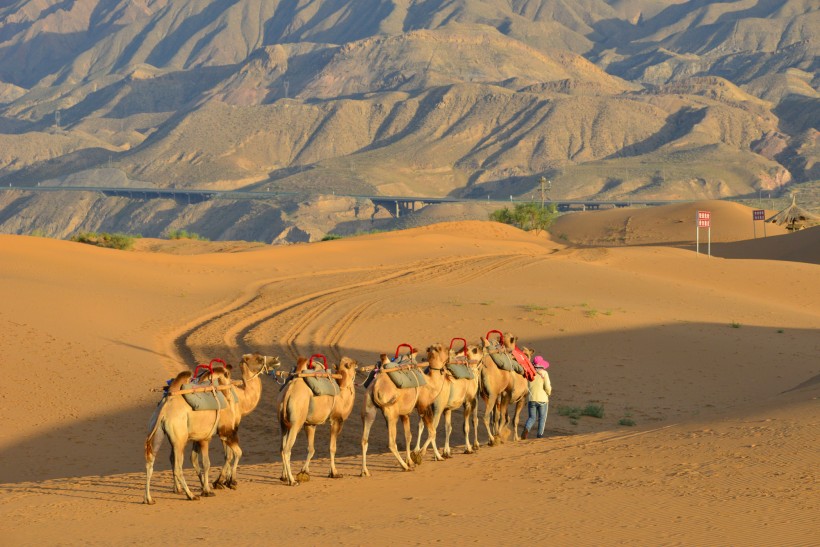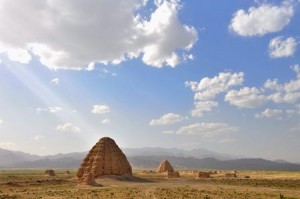Hui people prefer wheat-based foods and noodles as their staple food but their cuisine differs throughout China. In the Ningxia Hui Autonomous region they tend to eat food made from wheat flour, while in Gansu and Qinghai provinces they favour wheat, corn, barley, and potatoes. Fried cakes and fried dough are a much loved speciality that is often eaten on festival occasions. They’re like the Hui equivalent of donuts so you can imagine how delicious they are!
Most Hui people are Muslims and have to conform to Islamic dietary laws, meaning they are forbidden to eat the meat of pigs, dogs, horses, donkeys, and mules as well as the blood of any animal. In fact, they have such a religious aversion to pork that they won’t even touch a pot or dish that has been used to cook or hold it! Pigeons are considered divine birds and can only be eaten under certain circumstances. For example, if a person is sick and they have received approval from the imam, they can eat pigeon as part of a remedy.
This means their diet is almost exclusively made up of beef and mutton, with some communities occasionally eating camel and various kinds of fish. On top of all these restrictions, they must only eat animals that have been slaughtered by an approved butcher or imam and must never eat an animal that has died naturally. If you thought hosting a dinner party for your friends was difficult, imagine how hard it must be for them!
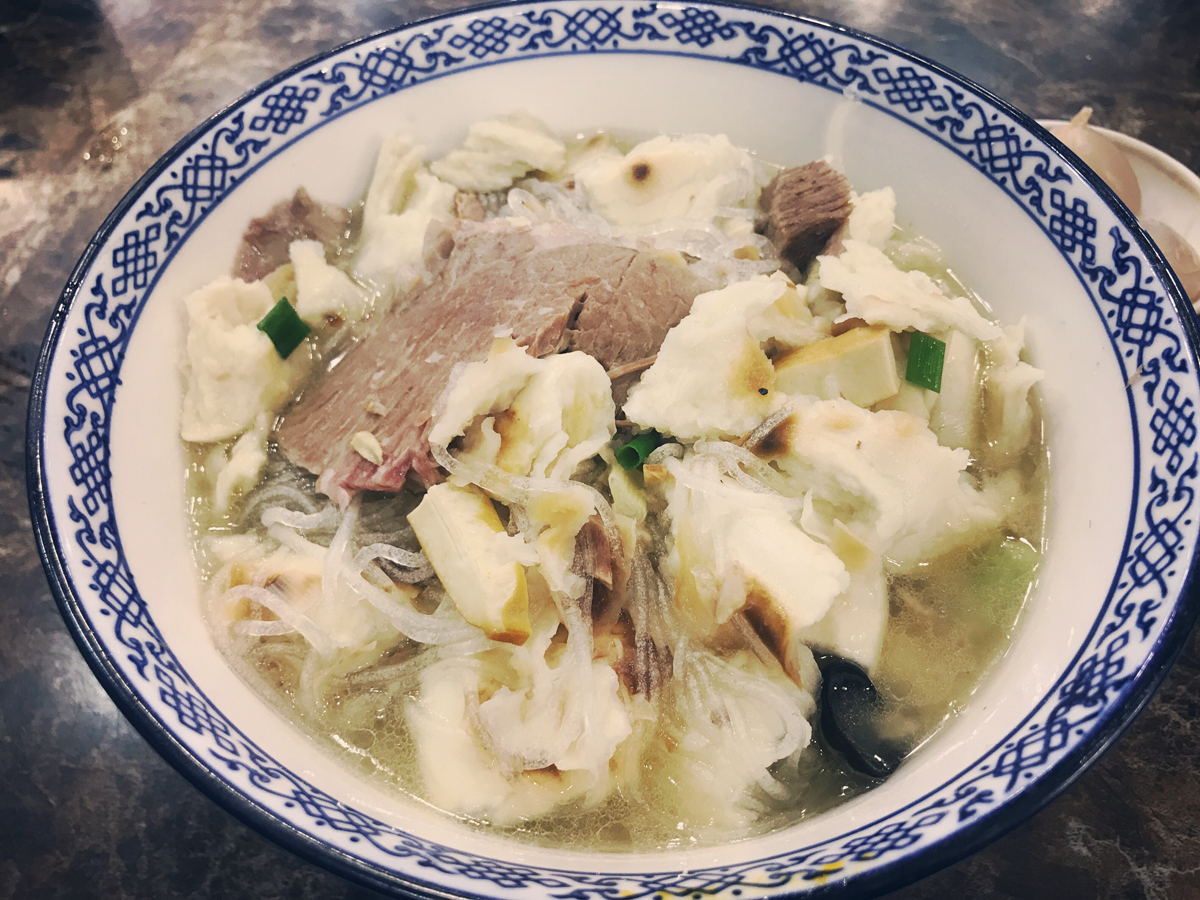
Their cuisine is distinct from other northern Chinese styles in that they have a preference for sweet flavours. Signature Hui dishes include Pulled Beef Noodles and Yangrou Paomao, which is a type of mutton stew served with flatbread. “Five Dishes and Four Oceans”, “Nine Signs of Greatness”, “Thirteen Flowers”, and “The Full Moon on the Fifteenth Day” are some of the most famous Hui feasts that are prepared exclusively during festivals. “Five Dishes and Four Oceans” refers to five kinds of sautéed dish served together alongside four soup dishes. “Nine Signs of Greatness”, “Thirteen Flowers”, and “The Full Moon on the Fifteenth Day” signify a banquet of nine, thirteen, or fifteen dishes respectively. Though the soups aren’t exactly oceans and many of the dishes don’t smell like flowers, they are undoubtedly delicious!
Their dietary restrictions mean that they are also very particular about beverages. They will only drink water from a flowing or clean source and it is forbidden for anyone to take a bath, wash clothes, or pour dirty water near sources of drinking water. In light of the fact that alcohol is forbidden, they have developed a rich tea drinking culture. Whenever a visitor arrives in a Hui household, they will always be welcomed with a hot cup of strong tea. One such tea is known as Gaiwan Tea and is made using tea leaves, longans, jujubes, sesame seeds, crystal sugar, and medlar. This type of tea is thought to date all the way back to the Tang Dynasty (618-907) and has been handed down from generation to generation.
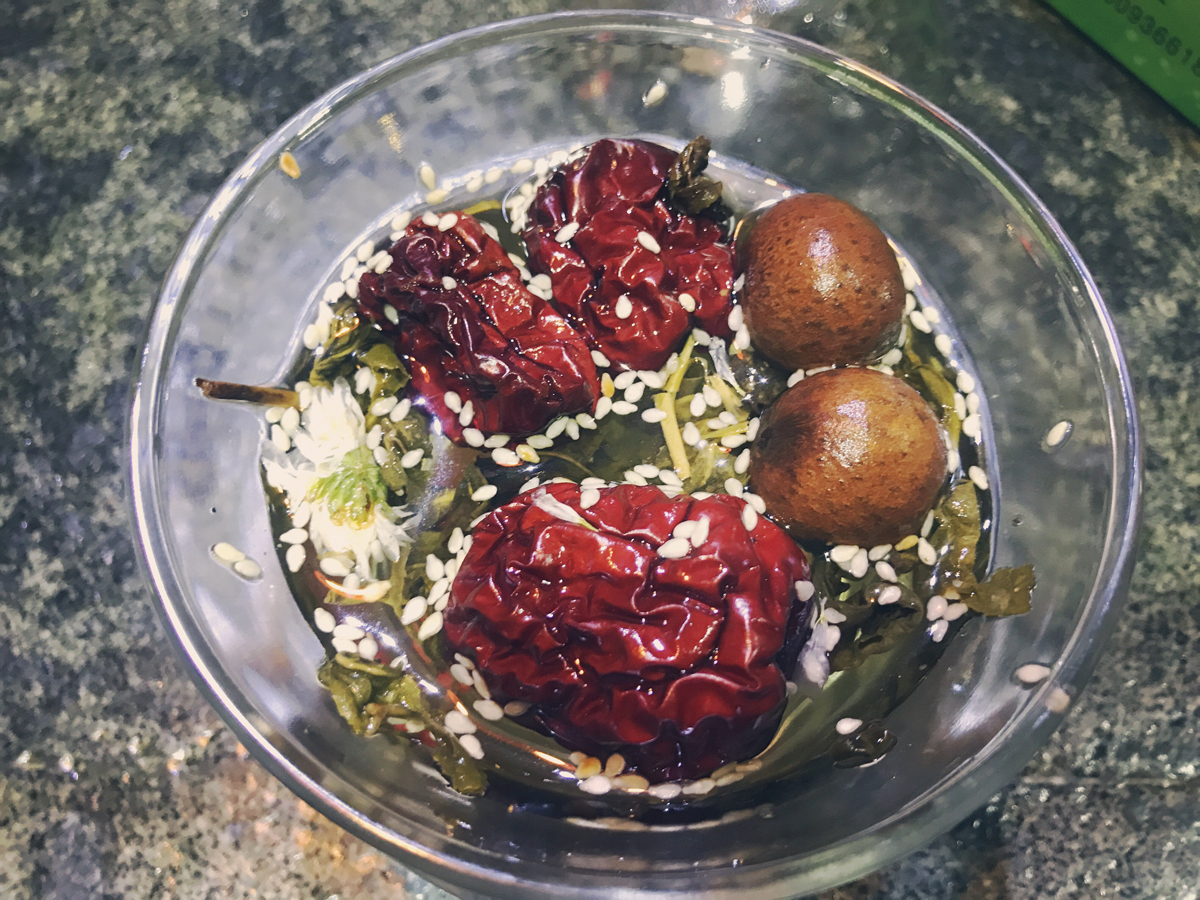
Eight Treasures Tea is another favourite, similar to Gaiwan Tea in that it incorporates tea leaves along with “eight treasured ingredients” such as walnuts, jujubes, longans, raisins, and other dried fruits. They are aslo very picky about tea services and each Hui family will have several sets. In the past, the pots used to heat the tea were made of silver or copper and were beautifully designed. Nowadays they tend to use tin-iron pots or purple sand pottery pots to boil the tea and porcelain pots and porcelain covered cups to serve it. So if you fancy a spot of afternoon tea, be sure to make a few Hui friends!
In the past, Hui artisans were renowned for their skill at making incense, medicine, leather and cannons. Nowadays veteran artisans still produce traditional handicrafts such as carved ivory, cloisonné ornaments, and artfully embroidered carpets.
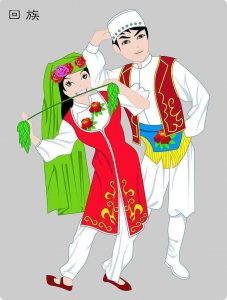
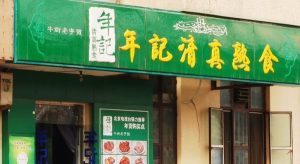
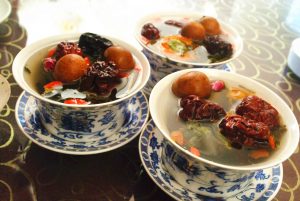
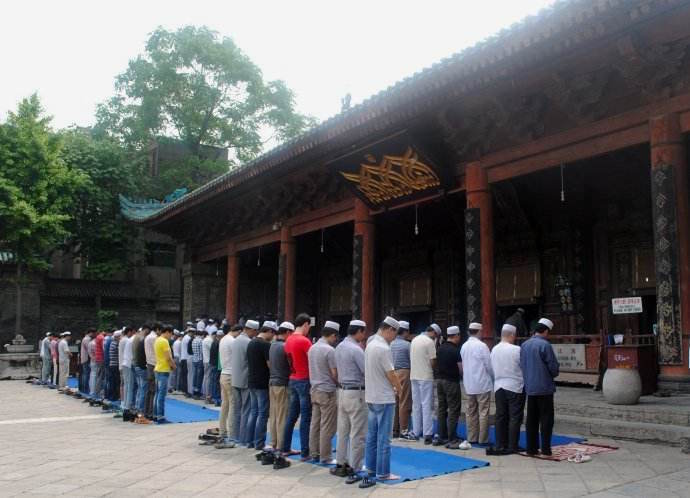
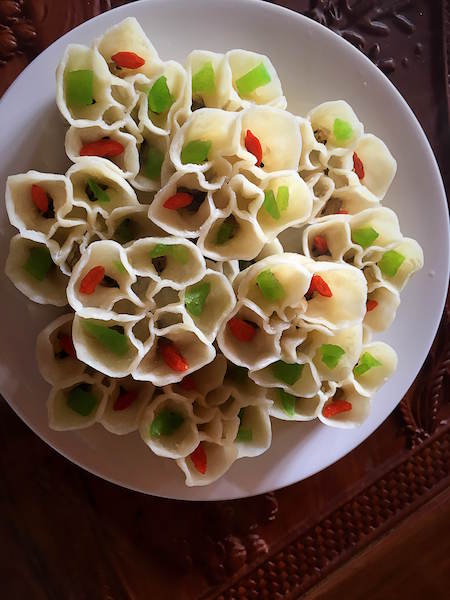
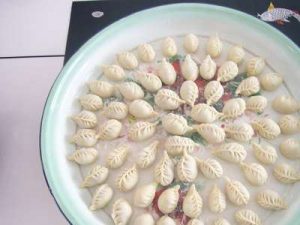
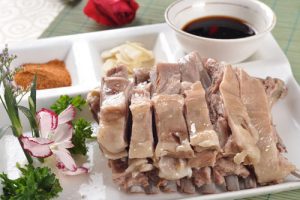
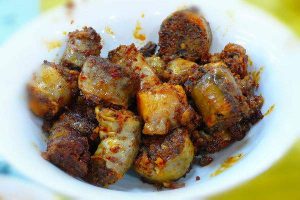
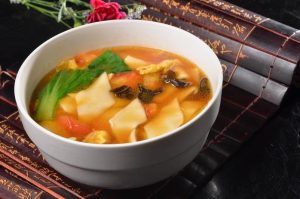
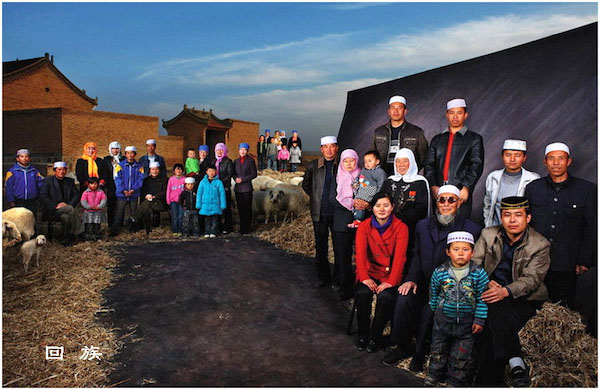
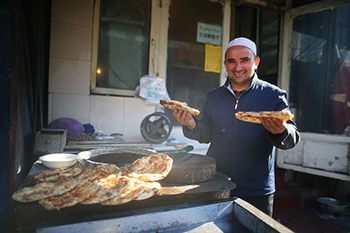 Thus the Hui people have a direct link not to China but to Central Asia. They have a varied ancestry that includes Arab, Persian, Mongol, Turkic and other Central Asian ancestors and their origins can be traced back in two ways. Some Hui people descended from Arab and Persian traders, who arrived in China via the Silk Road during the Tang Dynasty (618-907). Around the 7th century, some of them eventually settled in cities such as Guangzhou, Quanzhou, Hangzhou, Yangzhou and Chang’an (modern-day Xi’an) and were referred to as “fanke” or “guests from outlying regions”. Wherever they settled, they built mosques and public cemeteries. Over time they intermarried with Han people and converted their partners to Islam but largely assimilated with Chinese culture.
Thus the Hui people have a direct link not to China but to Central Asia. They have a varied ancestry that includes Arab, Persian, Mongol, Turkic and other Central Asian ancestors and their origins can be traced back in two ways. Some Hui people descended from Arab and Persian traders, who arrived in China via the Silk Road during the Tang Dynasty (618-907). Around the 7th century, some of them eventually settled in cities such as Guangzhou, Quanzhou, Hangzhou, Yangzhou and Chang’an (modern-day Xi’an) and were referred to as “fanke” or “guests from outlying regions”. Wherever they settled, they built mosques and public cemeteries. Over time they intermarried with Han people and converted their partners to Islam but largely assimilated with Chinese culture.